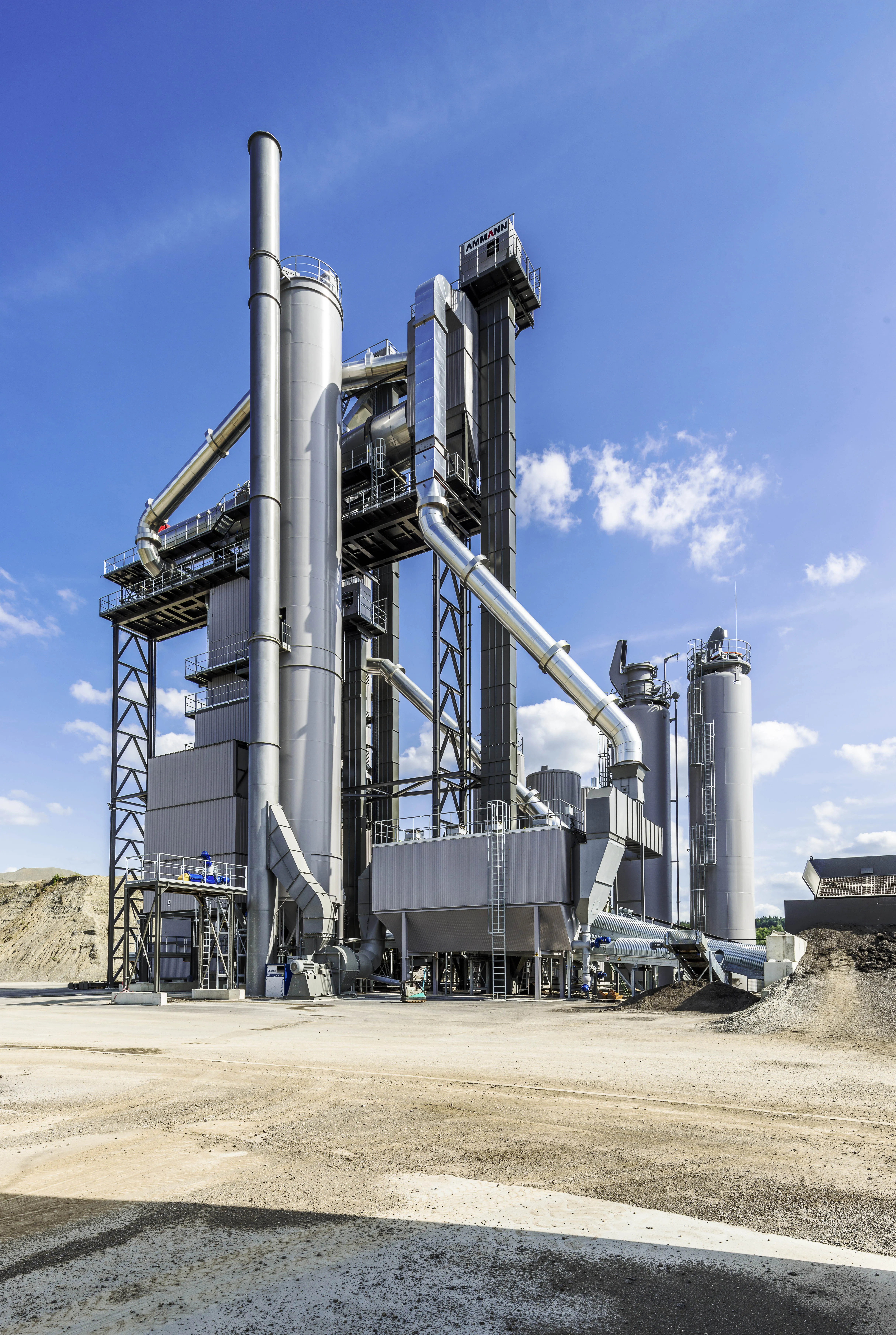The first new mobile screen to be launched under the Sandvik name, rather than the Fintec or Extec brands, is the heavy duty tracked QE440 scalping screen. The QE440 was displayed in a live demonstration at a customer event in the UK this summer to launch the newly unified branding and new machine colours. During the demonstration, customers had a chance to view other mobile crushing and screening units in the Sandvik range, as well as the new BR2577 hydraulic breaker.
July 16, 2012
Read time: 2 mins

The first new mobile screen to be launched under the 325 Sandvik name, rather than the Fintec or Extec brands, is the heavy duty tracked QE440 scalping screen.
The QE440 was displayed in a live demonstration at a customer event in the UK this summer to launch the newly unified branding and new machine colours. During the demonstration, customers had a chance to view other mobile crushing and screening units in the Sandvik range, as well as the new BR2577 hydraulic breaker.
According to Sandvik sales manager Michael Brookshaw, the new screen is designed for quarries that need larger capacity for screening close to the production face. "It is also ideal for mining and recycling applications," he said. "The screen has the capability to rapidly sort a large range of feed sizes."
The unit has a 600tonnes per hour capacity with an 8m³ hopper, a 5.5 by 1.8m screen deck and a recirculating conveyor. The QE440 has been designed to have 40% more screening area than the previous range topping QE340.
The new model has also been designed with wider and higher stockpiling conveyors to match the increased production capacity with larger stockpiling capabilities. To improve the ability of the QE440, the screen has been mounted on a mobile crusher type chassis to ensure its heavy duty credentials.
The QE440 was displayed in a live demonstration at a customer event in the UK this summer to launch the newly unified branding and new machine colours. During the demonstration, customers had a chance to view other mobile crushing and screening units in the Sandvik range, as well as the new BR2577 hydraulic breaker.
According to Sandvik sales manager Michael Brookshaw, the new screen is designed for quarries that need larger capacity for screening close to the production face. "It is also ideal for mining and recycling applications," he said. "The screen has the capability to rapidly sort a large range of feed sizes."
The unit has a 600tonnes per hour capacity with an 8m³ hopper, a 5.5 by 1.8m screen deck and a recirculating conveyor. The QE440 has been designed to have 40% more screening area than the previous range topping QE340.
The new model has also been designed with wider and higher stockpiling conveyors to match the increased production capacity with larger stockpiling capabilities. To improve the ability of the QE440, the screen has been mounted on a mobile crusher type chassis to ensure its heavy duty credentials.








